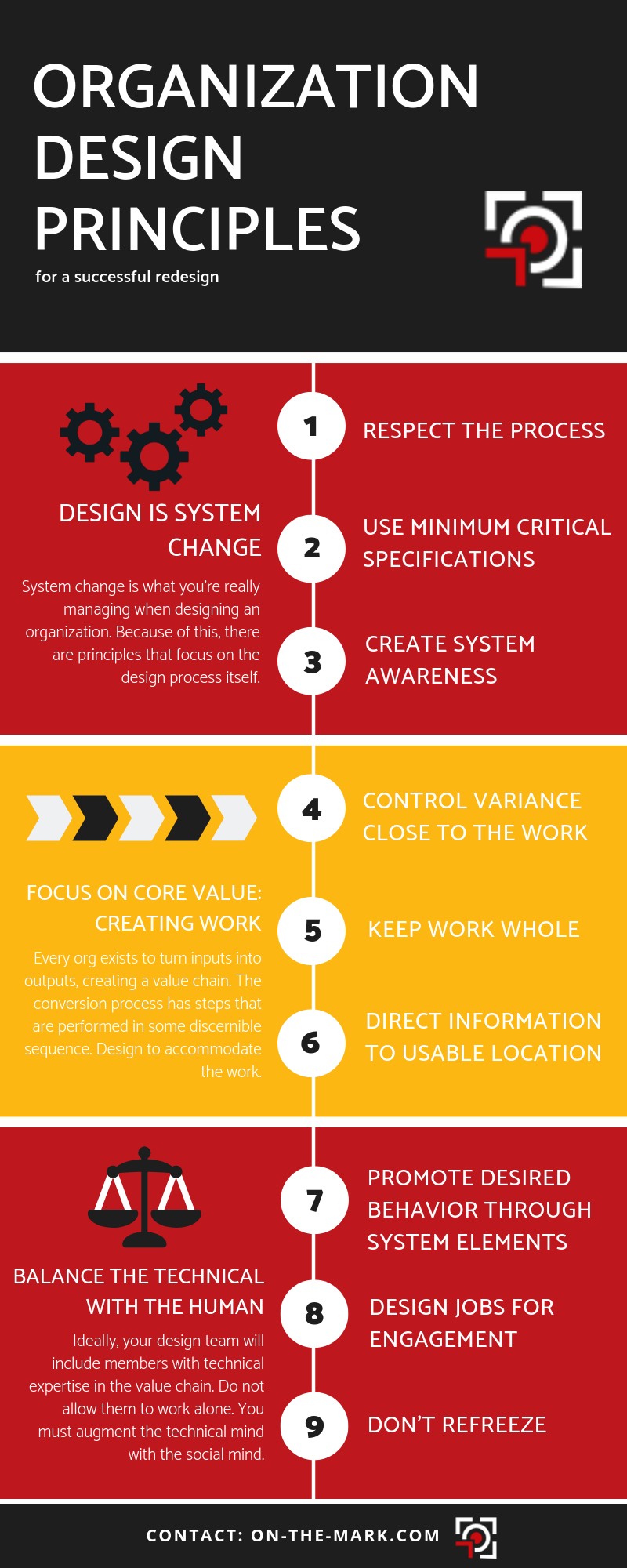Table Of Content

This palpable feeling in a visual is the work of movement, a principle of design that uses contrasting elements to emphasize invisible moving parts in an image. Designers create rhythm by repeating lines, shapes, colors, and other elements. This makes a path for our eyes to follow, builds patterns, and imbues the design with a sense of flow.
The 12 Principles Of Design Explained: Complete Guide + Uses
Hierarchy is easily applied by the use of titles, headings, subheadings, and body text. The first thing the reader should immediately see is your title. That’s why it’s significantly larger than other elements in your design. The first principle of design that we are going to discuss is alignment.
Add some character to your visuals
In design, this can be accomplished by repeating elements, such as patterns or shapes. When used effectively, rhythm can help to guide the eye around a design and create a sense of flow, and define the pace at which the design should be experienced. For example, a design with a fast-paced rhythm may feel energetic and exciting, while a slow and steady rhythm may convey a feeling of calmness and relaxation.
Questions related to design principles

Despite the occasional bright colors and wacky designs, the key to creating effective patterns is simplicity. Emphasis is used to focus the viewer’s attention on a certain part of a composition. The effect is achieved by manipulating elements (like color, shape, and size) to make specific parts of a design stand out. Clarity is paramount in minimalist UI/UX design, where communication is streamlined and unambiguous.
The red will draw the eye because it’s a different color from the main text. However, you don’t have to show variety, just because you need to have it in your design. It should come naturally and make up an aesthetically-pleasing composition. Grid and alignment are closely related to balance and refer to the way elements are arranged in relation to an invisible grid on the page.
Principles of Design
For example, using the same color of your brand logo for the shapes on your announcement poster, will be an indirect shout-out to your brand and help you develop your brand identity. Objects, text, their size, and shape, color and texture, all have weight, which is important to distribute on your composition with care and evenly. Contrast refers to how different elements are in a design, particularly adjacent elements.
Service Design - Design is Not Just for Products
These important values may have been captured in vision statements or project briefs. If these don’t exist, then do some research; find out what differentiates your product or service from your competitors’. Why do people choose to use your product or service, and not a competitor’s?
Don’t miss anything!
Expert designers understand how the principles support, reinforce, or even contrast with each other to create the desired effect. Understanding the principles of design and how they interact is vital for both new and expert designers. Implementing them purposefully is key to creating visually appealing, functional designs. One useful device to guide designers to make the right tradeoff decisions are product-specific design principles.
Repetition and Pattern
Be sure to leave some space around elements on your pages, especially the most important ones. This white space makes them stand out more and facilitates a better user experience. Asymmetrical balance is achieved when the elements on either side of a central axis aren’t the same.
It more so refers to the emptiness and available room in your design and the fact that some areas don't contain anything. For example, elements of different sizes can all have the same color and be near one another. With unity, seemingly different items create a sense of 'oneness'. By aligning the different visual objects, you help guide your viewer throughout the design. It is a way to create a connection and visual flow between related objects and create a more unified result in the design.
This infographic shows how alignment can help the reader understand information. The contrasting color scheme of this corporate annual report creates rhythm. Odd-numbered pages feature one color scheme, while even-numbered pages feature another.
This image of a robot would tell a completely different story if the colors were different. The image above is mostly made up of shapes - from the large circle depicting the sun to the birds and the silhouette-like buildings. The lines in this image run in every direction, some parallel and others perpendicular to each other. They're also used to add details to the buildings and individual bricks to the wall.

No comments:
Post a Comment